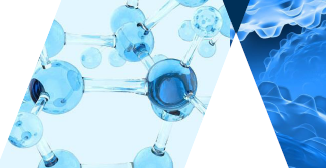Separation Science, in collaboration with Agilent Technologies and Covance Laboratories, brings you an on-demand version of a webinar titled 'Improved LC-MS/MS Pesticide Multiresidue Analysis using Triggered MRM and On-Line Dilution' by Dr Katerina Mastovska (Covance Laboratories, Greenfield, Indiana, USA).
This webinar discusses development, optimization and performance of a large LC-MS/MS pesticide multiresidue method for separation of about 450 analytes within 10 minutes. The method uses so called Triggered MRM function, which enables acquisition of additional MS/MS transitions for increased confidence in analyte identification.
 What is covered?
What is covered?
Acetonitrile extracts (prepared using a QuEChERS-based extraction) are injected directly without a need for a dilution with an aqueous buffer/solution prior to the injection because the LC system employs on-line dilution ensuring excellent peak shape of early eluting (more polar) analytes. The method was validated for routine use in multiple food matrices.
By viewing this webinar you will learn:
- how to optimize LC-MS/MS conditions for advanced analysis of pesticide residues
- how to achieve successful interlaboratory method development and transfer of a globally harmonized method
- how robust on-line dilution set-up improves peak shape and retention of more polar pesticides
- how Triggered MRM (tMRM) function provides improved identification confidence
- how the discussed analytical tools and tips can be applied in any other applications using LC-MS/MS
